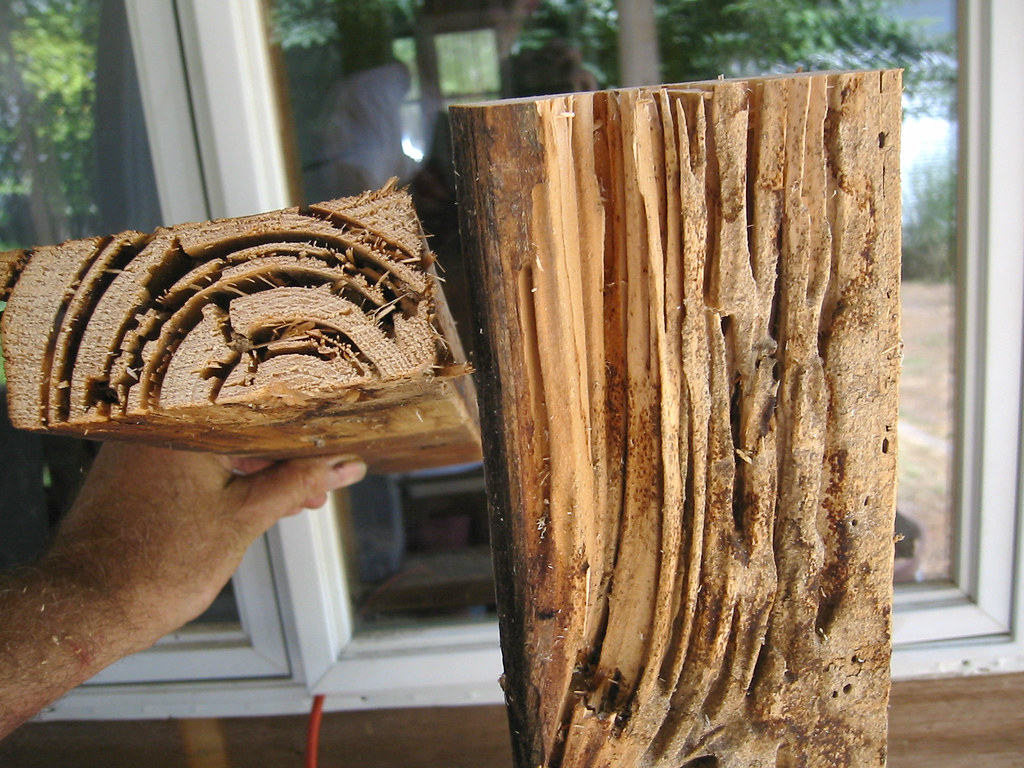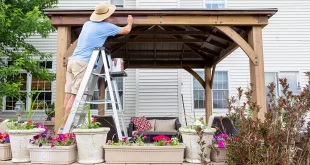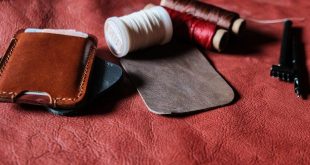Being prepared for termites will help you to stop them from attacking and potentially damaging your home. However, the unfortunate truth is that, in many cases, it is very difficult to know you have a termite issue until after the damage has been done.

The reality is that termites live in damp soil and need to stay damp. They often live in your foundations or just outside your home and pop in for a snack. Unfortunately, that snack is the wood in your house.
One of the biggest signs that you need to contact termite control is small holes in the soil around the edge of your home. That is the termite’s entry and exit points.
Once you have eliminated the termites you will need to look at ways in which you can repair the damage they have done. Don’t forget, a termite colony can eat a foot of 2×4 in just five months.
There are several approaches you can use to repair termite damage to a wall:
Fillers
If the damage is not extensive you may be abler to fill the wood in your wall. In fact, you will be using more than just a filler. You need a hardener and it needs to be designed for the type of wood you have. All you need to do is mix the hardener and push it into the damaged wood. It can help to cut the bad section out and then apply the hardener.
But, this only works if the damage is relatively small and doesn’t go right through the wood.
Repairing
If the damage is significant then the safest option is to cut the wood out. However, you don’t want to risk a structural issue while you are doing this. The best approach is to screw a fresh piece of wood into the good wood above and below the damaged area. You can then cut out and remove the damaged section. Add a fresh piece of wood into the section, cut to the right size.
This is best secured in place by being attached to the new piece that was supporting the wall as you cut out the damaged piece.
By adding a second supporting piece on the other side you will ensure the wood is stronger than before.
Replacing The Wood
If neither of the above is viable then you may need to remove the entire piece of wood and insert a new one. Bear in mind that a wall could be structural. That is why you should have your new piece of wood and fastenings ready before you start.
Remove the wood from your wall by disconnecting it at its existing joins. Then, simply slot the new piece into position and fasten it securely in place. It is that easy!
Of course, if you have any doubts regarding your skills and your wall, get a professional to help. You don’t want a repaired wall falling down on you. It could do extensive damage to your property.
 World inside pictures Collect and share the best ideas that make our life easier
World inside pictures Collect and share the best ideas that make our life easier








